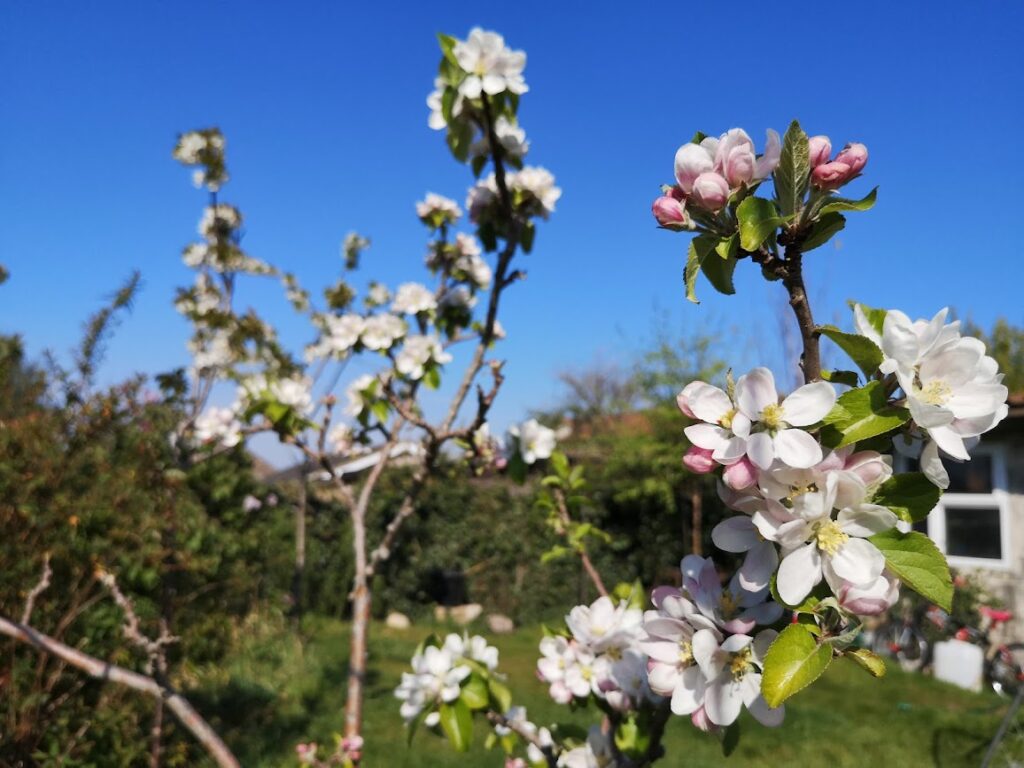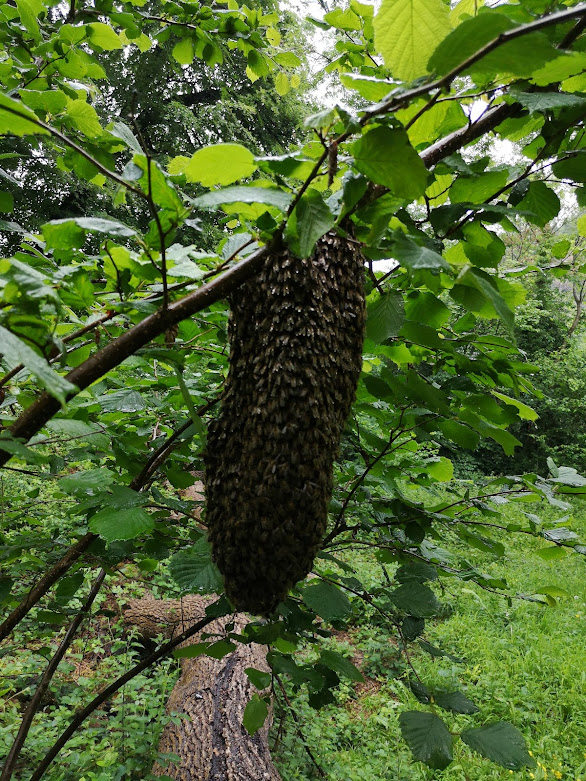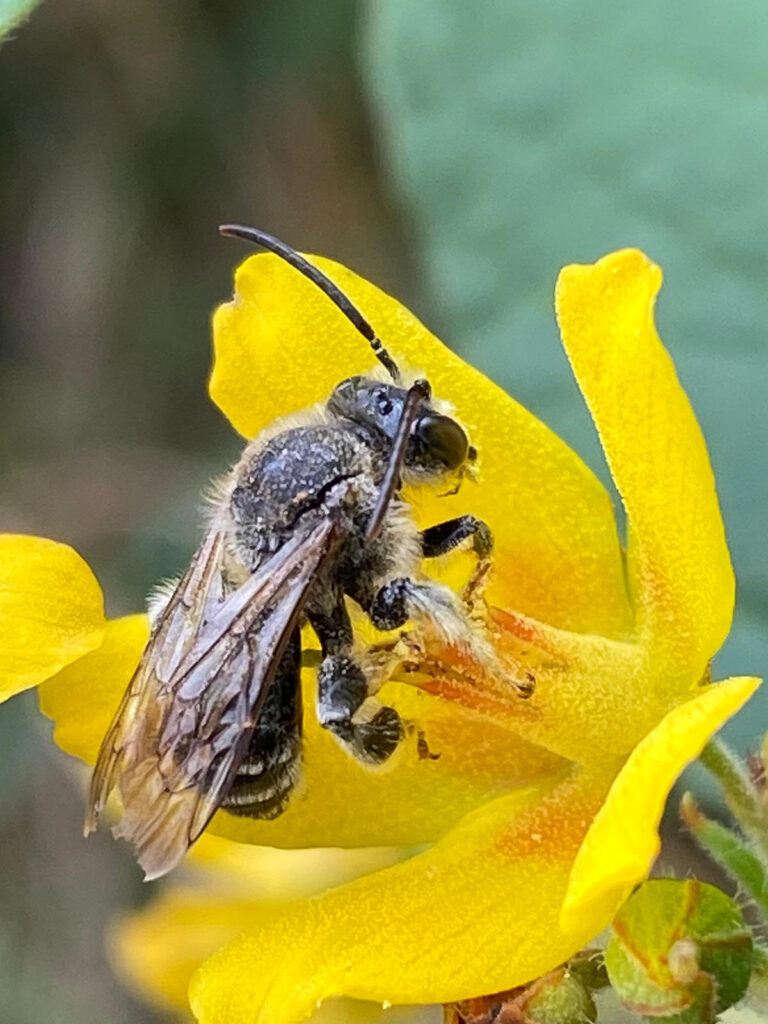Tree Dressing Day 2021: Bees and Trees
- 29 November 2021
-
 Meriel Harrison
Meriel Harrison
- Trees
Tree Dressing Day falls on Saturday 4th December this year, and YACWAG will celebrating with a display highlighting the importance of bees and trees. YACWAG has been decorating trees in Yatton, Claverham and Congresbury for at least the last 15 years and members were sad last year’s celebration could not go ahead due to Covid-19 restrictions. This year a swarm of bees will descend on local trees to show that bees need trees, and trees need bees.

Many trees are wind-pollinated, but fruit trees including apple, pear and cherry trees depend on bees and other insects for their pollination. In our local area we have a rich history of growing fruit trees, although sadly many of our traditional orchards that provide wonderful wildlife habitat have been destroyed over the years. Growing fruit trees in our gardens can help to support wildlife by providing not only a food source for bees and other pollinating insects, but also shelter and food for birds – and of course, delicious fresh fruit for us to enjoy!
While not all trees need bees, bees most definitely need trees. In the early part of the year when there are not many plants flowering yet, trees in flower provide a critically important source of pollen and nectar as the bees emerge and begin to forage. The catkins of hazel, alder and different types of willow help honeybees to top up their honey stores, and provide energy for bumblebee queens coming out of their long hibernation. As spring progresses, the flowers of maple, horse chestnut and lime trees continue to provide a steady supply of pollen and nectar, and non-native species such as the aptly named bee-bee tree can come into their own in the autumn providing an extended nectar season for bees to enjoy.

Another reason that trees are so valuable for bees is due to their size. Mature trees can have many thousands of flower heads, meaning the bees have a ‘one stop shop’ and don’t need to use so much energy travelling around to find nectar. Where space for planting is limited, the canopy of a tree will often provide more nectar than planting at ground level would. Of course, the bigger the tree grows, the bigger the benefits for the bees and other wildlife that make use of the tree, which is why new planting that will take decades to grow is not adequate compensation when established trees are lost to development.

There are some 250 different bee species in the UK, including rare bees such as the Yellow loosestrife bee that was found to be living on YACWAG’s Stowey Reserve in 2020. We hope that you will join us in celebrating Tree Dressing Day and all that bees and trees do for each other, and for people. The dressed trees will be found at Yatton Library, the precinct in Congresbury and at Court de Wyck School and the display will be buzzing around for a month.
© Copyright YACWAG, or original authors. All rights reserved. | Registered charity 1076362 | Privacy policy | Cookie policy | Terms & Conditions |Web design: StanfordGraphics


